
- Answered
- Flagged
You have 45 minutes to answer 50 multiple choice CSCS Green Card Mock Test questions for Operatives and Specialists. You need to answer at least 45 out of 50 questions correctly to pass. Answers may be reviewed after each question or at the end of the test. Good luck!
Do you wish to proceed?
CSCS Test for Operatives and Specialists
Below are several free CSCS mock tests for operatives and specialists.
There are more than 1000 practice questions for Operatives and Specialists in these mock tests. All tests last for 45 minutes and have 50 questions which have been randomly selected from 16 categories.
Operatives Tests by Category
Specialist Activities
Below are several free mock tests for specialists.
If you are preparing for a specialist test, you also need to study the appropriate specialist activity, from those listed below. There are more than 500 specialists questions.
Reveal all questions for this test ▼
B Because it is a legal obligation and non-compliance will result in a fine
C Because they may fire you
D It is not important, but it is an administrative necessity
Explanation: Health surveillance helps employers catch disease early, and protect workers from harmful exposure.
B Take it to get the job done on time
C Take it, but inform your manager at the next opportunity
D Take it, if it appears to be a safe alternative
Explanation: Do not take shortcuts. They can create dangerous work conditions for yourself or others.
B They can be fatal, or chronic and debilitating
C They can be severe, but they are always reversible
D They will often clear up without medical intervention
Explanation: Health conditions contracted from respiratory hazards can be fatal, and cannot always be treated.
B Medium density fibreboard
C Pine dust
D Softwood dust
Explanation: Hardwood dust is a known carcinogen.
B You are becoming fatigued
C You have been working too long
D You have developed metal fume fever
Explanation: Vapours can cause dizziness and headaches at high concentrations.
B Stopping regularly to sweep
C Vacuuming as you go
D Vacuuming at the end once all the dust has settled
Explanation: Tools with dust-capture devices fitted are the most effective precaution.
B RPE will interfere with your ability to work
C You do not need to wear RPE
D You must still wear RPE
Explanation: RPE must always be worn, as controlling the dust does not eliminate the risk.
B Dampen the mask with water
C This is not possible
D Wear two dust masks
Explanation: Never try to adapt RPE for a task it is not suited for.
B It is usually a generator; the shock could be fatal
C It is usually high-power equipment; the shock will be fatal
D It is usually minor equipment; you are unlikely to notice any shocks
Explanation: Yellow indicates 110 volt equipment. This includes most electrical tools on site. Shocks will be painful, but are unlikely to be severe.
B They can be worn comfortably with glasses
C They do not become uncomfortable after long periods of use
D They do not cause you to sweat in hot weather
Explanation: Ear defenders must seal tightly against your head. They are not effective if worn with glasses, and it is normal for them to become sweaty or uncomfortable after long periods of use.
B That the noise level has reached or exceeds the lower exposure action level
C This is common on-site, and suggests nothing important
D You colleague may be suffering from hearing damage
Explanation: Having to raise your voice to be heard by someone 2 metres away suggests the noise levels have, at minimum, reached the lower exposure action level.
B Ensure that it is zero
C Inform you about usage limits and how to avoid exceeding them
D Nothing: you are legally obliged to moderate your own daily vibration dose
Explanation: Your employer must ensure you do not receive damaging vibration dosages, and must furnish you with usage limit information.
B Legal liability
C Speed
D Sustainability
Explanation: The construction industry is increasingly focusing on sustainability.
B Creating landfills local to the site
C Incinerating waste
D Using local labourers
E Using locally sourced materials
F Working as fast as possible
Explanation: Locally sourced materials and labour will help reduce the project's carbon footprint. Building units off-site will also help design out waste.
B A controlled area surfaced with temporary planks
C A controlled area with a sandy surface
D A controlled area with rocky ground
Explanation: Controlled areas with flat, hard surfaces are best to avoid fuel leaking into the ground.
B There will be appropriate signage
C They will be appropriately colour-coded
D You will be told during induction
Explanation: Drains on site must be colour-coded.
B Nothing, as this will have a knock-on effect on other safety measures
C Redirect traffic in a more efficient way
D Talk to your supervisor about improvements
Explanation: Talk to your supervisor if you think an unnecessary nuisance is being caused.
B Locate the appropriate PPE
C Raise the alarm
D Try to safely contain the spill
Explanation: You must always assess the risk involved before taking further action.
B It is committed to fair and equal pay
C It is committed to rigorous in-house grievance procedures
D It is committed to upholding respectful standards of conduct
Explanation: The Considerate Constructors Scheme ensures participating sites are respectful of the public and of neighbours.
B That it will infringe on private property
C That it will weaken the stability of its foundations
D That people may drop items into the excavation
Explanation: Excavations may undermine the stability of walls or structures that are nearby.
B Cellars
C Fibre optic cables
D Gas lines
E Sediment layers
F Sewers
Explanation: Underground services include electric or fibre optic cables, sewer or water pipes, and fuel pipes, among other services.
B You should inform all local residents and businesses first
C You will contact the utility owners
D Your employer must arrange for this where possible
Explanation: Your employer will arrange for services to be disconnected, if this is possible
B Attach your harness to a secure point on the roof
C Install a guard rail and toe board
D Install netting at the edge of the roof
Explanation: A guardrail and toe board is the best way to protect yourself from falls in this situation.
B They are an inherently high risk structure
C They are often used or constructed incorrectly, which makes them unstable
D They are prohibited for use on construction sites, but often used anyway
Explanation: Mobile access towers are convenient and safe pieces of equipment. However, they are often built or used in such a way that they become unstable.
B It will be detailed in your induction handbook
C It will be detailed on the packaging of the relevant fire extinguisher
D The extinguisher will be located in your work area
Explanation: A hot works permit will tell you which fire extinguisher must be available.
B To fight small fires
C To help a person escape
D To limit the spread of large fires
E To meet legal regulations
Explanation: Extinguishers are for the purpose of helping a person escape and fighting very minor fires.
B Enough to last a week, to reduce hazards created when transporting the liquid
C Only enough to complete the task at hand
D Only enough to last the day's shift
Explanation: You should never remove more liquid than is immediately required.
B That you are using the correct protective equipment
C That you do not conduct work alone
D That you take slow, deep breaths
E That you wash and change using on-site facilities once finished
Explanation: You must follow the correct on-site safety procedures regarding PPE and personal care.
B Acidic soil
C Loft insulation
D Wet concrete
Explanation: Wet cement is a skin sensitiser, and can cause dermatitis.
B You are legally obliged to cooperate
C You may decline their request
D You may set up alternative surveillance with your doctor
Explanation: You are legally obliged to cooperate with health surveillance so that safety precautions can be monitored.
B Raise the alarm, and attempt to rescue your colleague
C Raise the alarm, and enter the excavation to provide first aid
D Raise the alarm, but remain outside of the excavation and monitor your colleague
Explanation: You must raise the alarm and monitor the situation, but do not put yourself at risk by entering the excavation.
B Call for help and isolate the cable
C Ensure their feet are elevated off of the ground
D Pull them off the cable immediately
Explanation: You must call for help and isolate the live cable.
B Maximum 2 units
C Maximum 3 units
D Maximum 4 units
Explanation: For both men and women, the recommended limit is 2 units.
B 1/2 a unit
C 2 units
D No amount of alcohol is permitted when operating machinery
Explanation: You cannot operate machinery safely with any amount of alcohol in your system.
B Ensure you bring a flask if you want a hot drink
C Inform your manager - providing this is a legal obligation
D Nothing - boiling water is a safety hazard, and therefore rarely permitted on site
Explanation: Employers must provide you with a way of boiling water.
B Once you know what the problem is
C Only if it gets really bad
D When you will not bother anyone
Explanation: Always seek out support when you notice the first signs that you may be suffering from ill mental health.
B Keep the heavy side facing away from you
C Keep the heavy side facing you
D Rock it back and forth to alternate where the pressure falls
Explanation: Always carry unevenly weighted loads with the heavier side facing you.
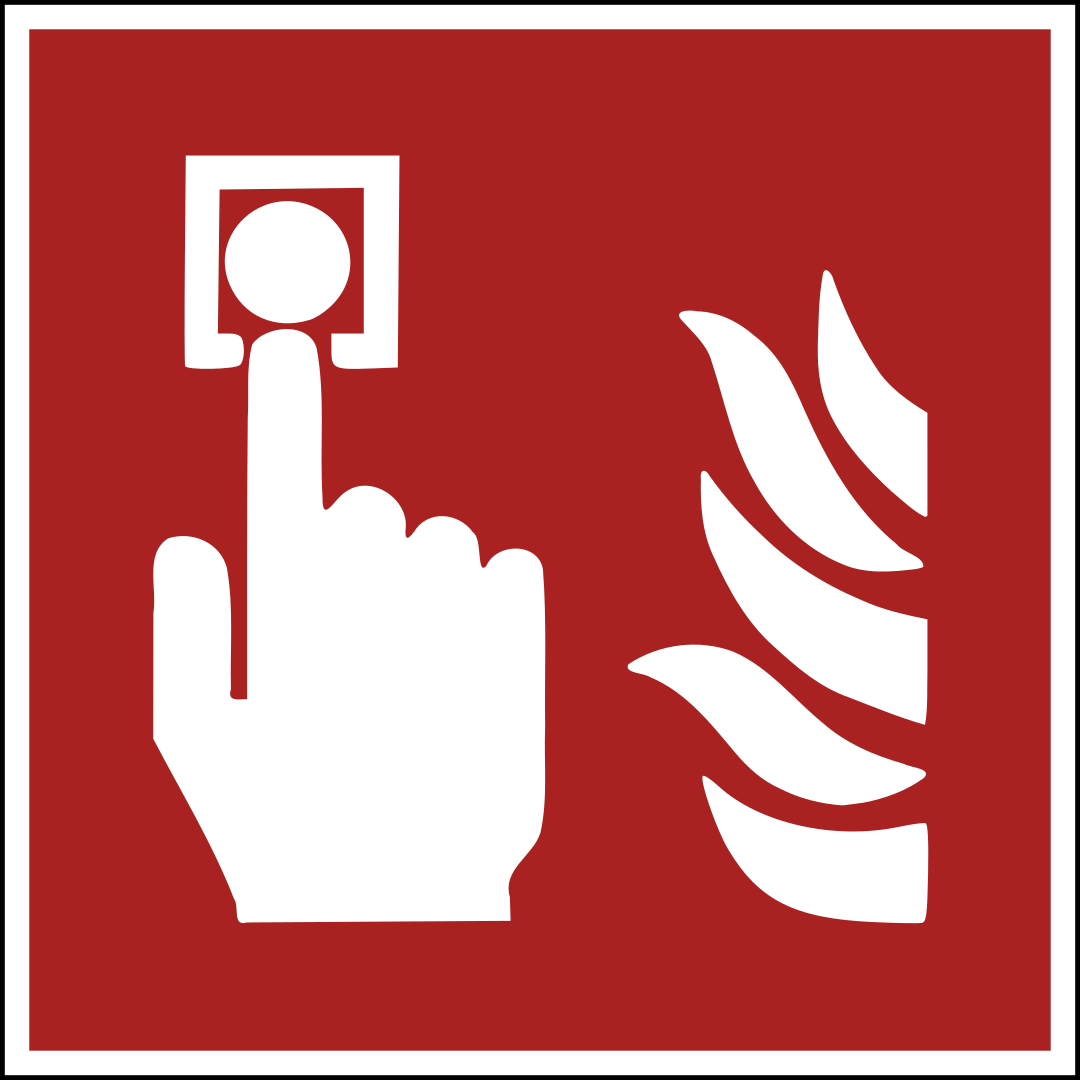
B
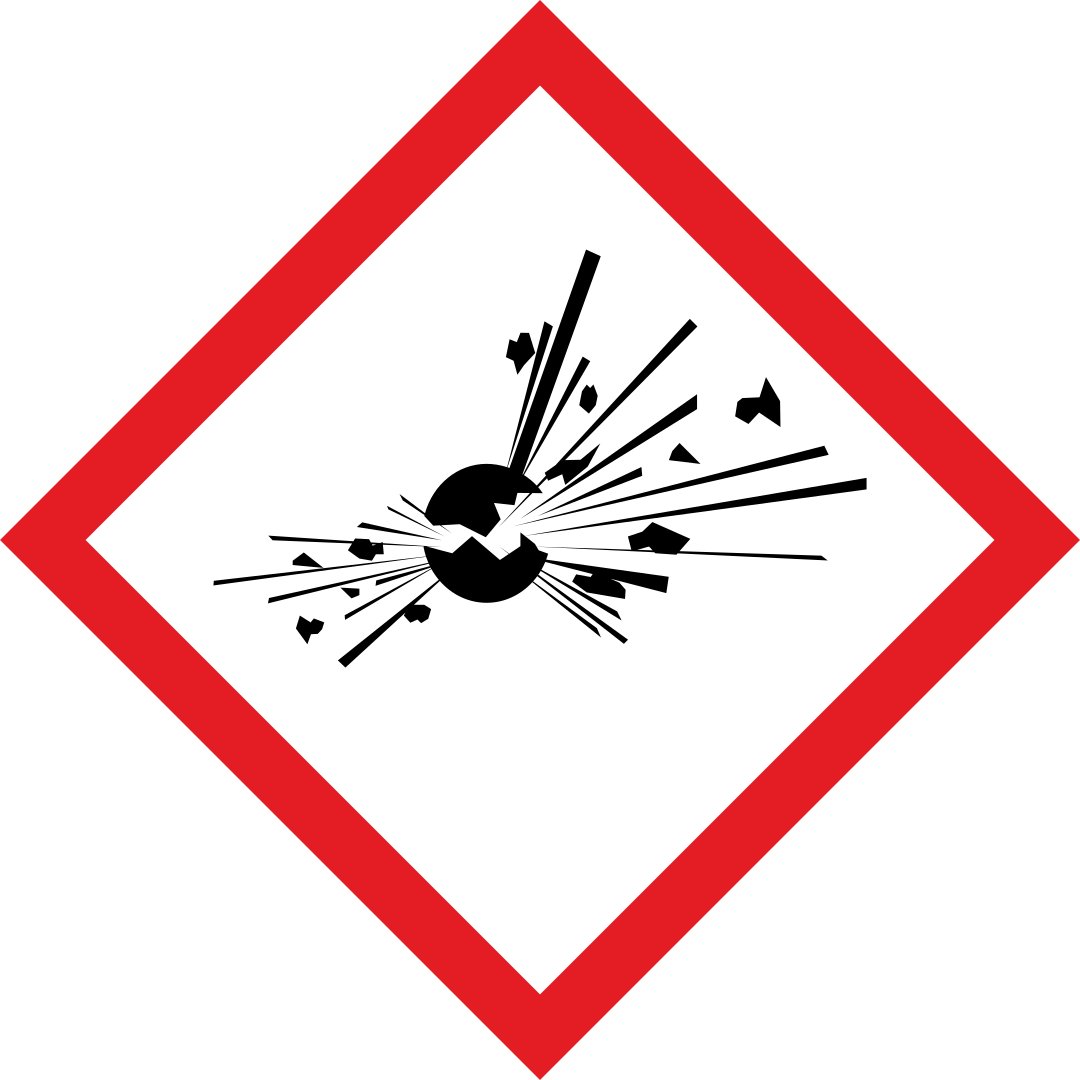
C

D
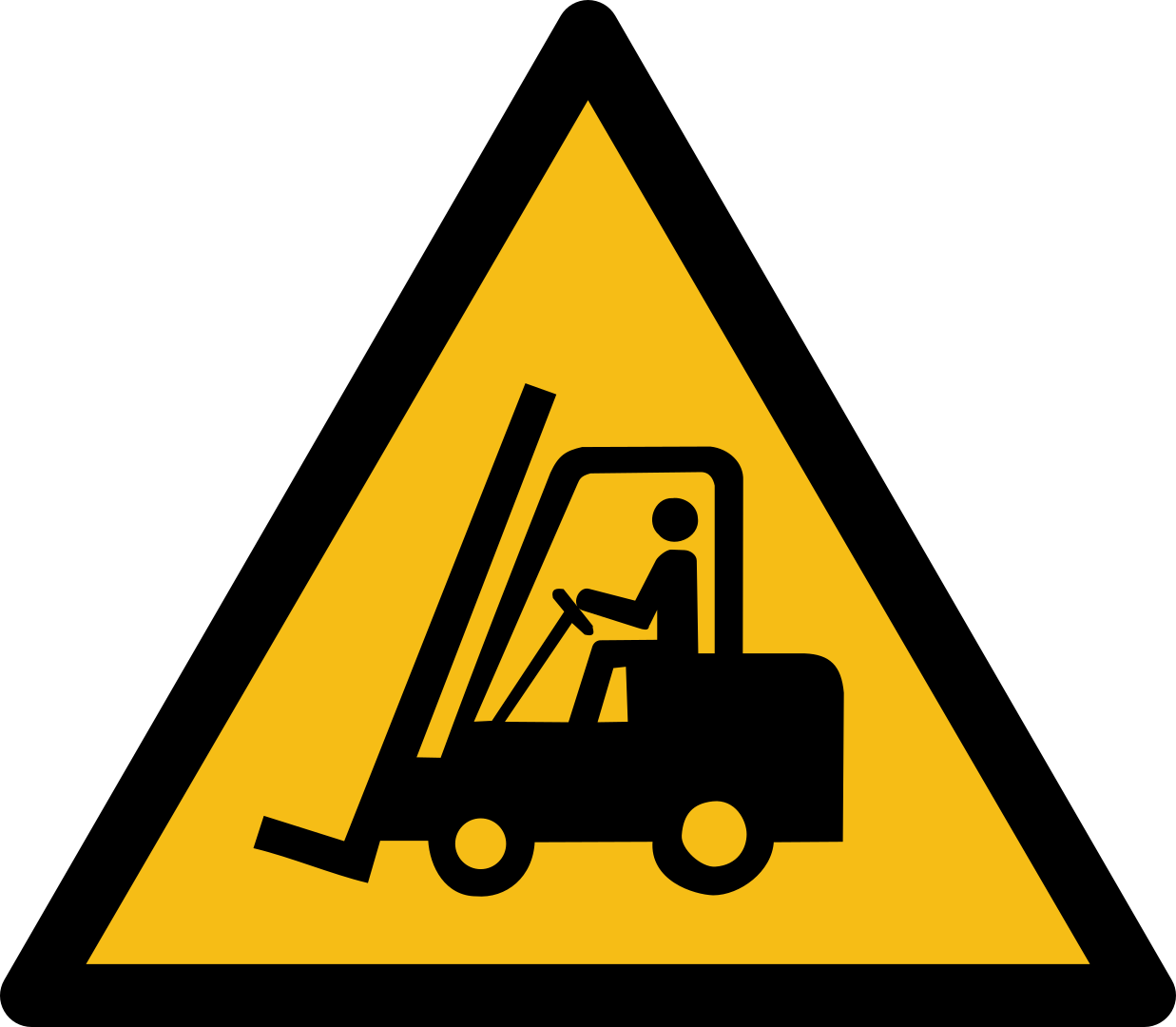

Explanation: This sign indicates water which must not be drunk.

B It is flammable
C It may explode if ignited
D It will increase the intensity of any fires
Explanation: Signs with this symbol act as oxidisers. This means they will increase the intensity of a fire.
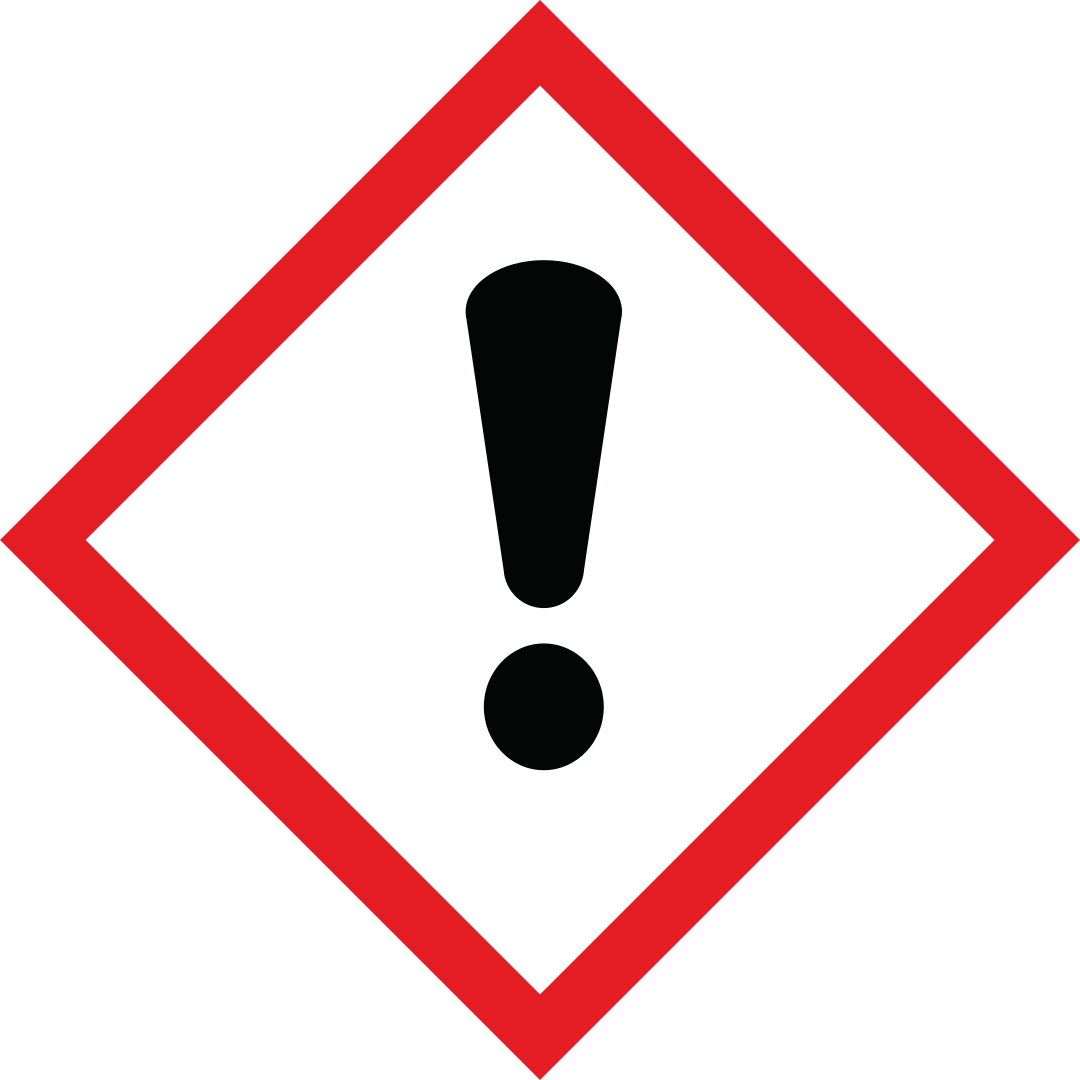
B

C
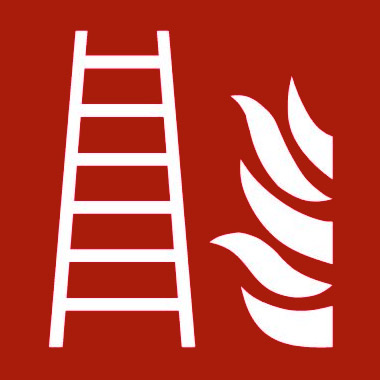
D
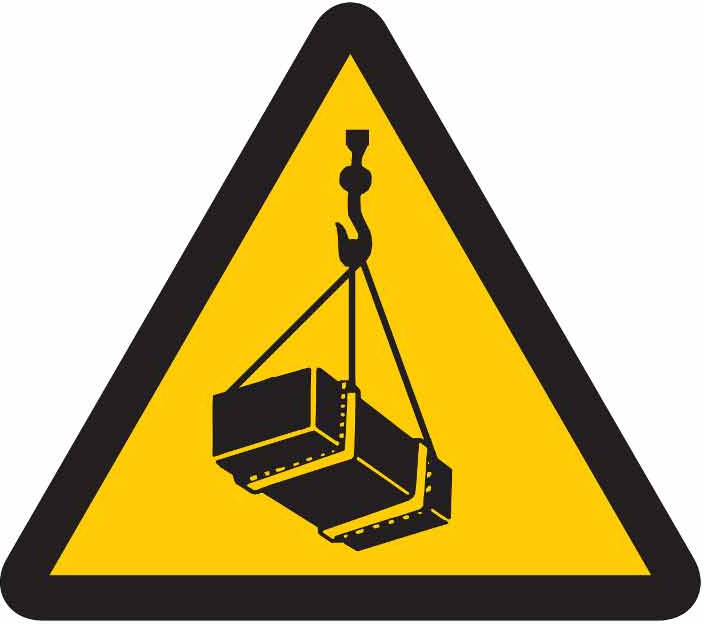
E

 , D
, D 
Explanation: When materials are being moved, you may see warning signs for forklift trucks and overhead loads.

B Do not drink unless your bottle has something other than water in it
C Nothing special - this sign does not apply to your action
D Turn off any running taps
Explanation: This sign is used to prohibit using taps for drinking water where the water is unsuitable. It does not prohibit drinking.
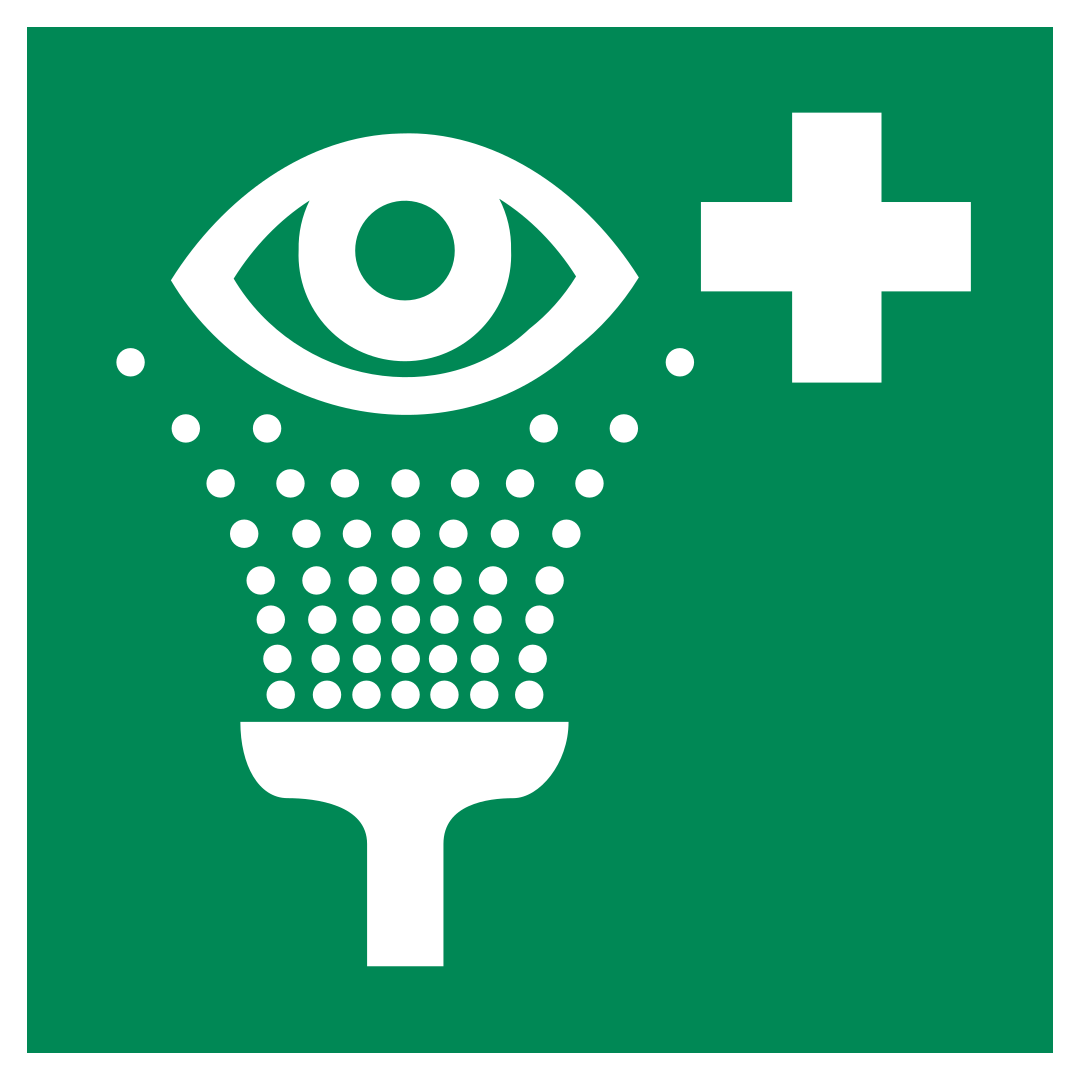
B Areas where eye protection must be worn
C Areas where toxic chemicals are in use
D Nothing - it is indicating a safe condition
Explanation: This sign is used for eyewash stations. It is not a warning sign.
B Go through as fast as possible
C Ignore the sign if there is no work currently taking place
D Wait until there are no obvious hazards, then go through
Explanation: Do not go through prohibited areas if you are not authorised to do so.
B You should mark them with tape so they can be taken down later
C You should take down any unnecessary signs
D Your employer should ensure that any unnecessary signs are removed
Explanation: Your employer is responsible for ensuring unnecessary signage is removed.
B Vehicles on site that can be towed
C Vehicles on site that can move by themselves, AND vehicles that can be towed
D Vehicles on site that move under their own power
Explanation: A mobile plant is anything vehicle that can move, either by itself or through being towed.
B If there sufficient CCTV coverage?
C Is the driver going to be distracted by work in the area?
D Will the driver be unattended at any time?
Explanation: Route planning must always take into account ground conditions, as they may affect how likely a vehicle is to overturn.
B People may be doused in fuel
C People may be engulfed in exhaust fumes
D People may fall into the excavation
Explanation: Plants slewing near a fixed point create a crush zone which may fatally trap people.
B You must ensure the CCTV is working
C You must ensure you have the details of the operator
D You must hold accreditation
Explanation: You must be fully trained, and have your competence verified through assessment.

B Right turn
C Rotate
D Stop
Explanation: This signal indicates something must be lowered.
B When the vehicle is reversing
C When the vehicle is unloading
D When the vehicle is unmanned
Explanation: Pedestrians are at greatest risk when a vehicle is reversing.
Read less
1445 votes - average 4.8 out of 5
Leave a comment
Contents
- 1 CSCS Test for Operatives and Specialists
- 2 Operatives Tests by Category
- 3 Specialist Activities
- 4 What is a green CSCS card?
- 5 The CSCS Test
- 6 Renewal and Upgrades
- 7 What are the requirements for a green CSCS card?
- 8 How much does a green CSCS card cost?
- 9 How do I get to the next grade of card?
- 10 How do I apply for a green CSCS card?
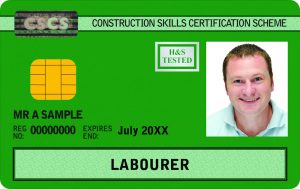 If you work on a building site in the UK and your health and safety training stops at a Level 1 NVQ, SVQ or equivalent, you’ll need to apply for a green CSCS card. Anyone who works on a UK construction site or visits one should have a CSCS card. They’re are a national safety measure to keep construction workers free from harm.
If you work on a building site in the UK and your health and safety training stops at a Level 1 NVQ, SVQ or equivalent, you’ll need to apply for a green CSCS card. Anyone who works on a UK construction site or visits one should have a CSCS card. They’re are a national safety measure to keep construction workers free from harm.
A history of high rates of accidents on construction sites led to the introduction of CSCS cards in 1995 by the Construction Industry Training Board (CITB). They were launched under the Construction Skills Certification Scheme (CSCS) which issues a range of different categories of CSCS cards. There are cards to cover the variety of reasons why workers and visitors may wish to enter a construction site.
Here’s your guide to green CSCS cards and how to get one.
What is a green CSCS card?
A green CSCS card is a way of vetting employees and visitors to ensure they won’t compromise the safety of workers on site. Different grades of CSCS cards exist in various colours to show the level of training and qualifications each worker or visitor has.
There are cards for managers, apprentices, those in training and more. Cards must be applied for online or over the phone with the CSCS. A CITB test about health and safety in the workplace needs to be completed as part of your application.
The CSCS Test
The CITB test can be taken up to two years in advance and you can also use our CSCS mock test to prepare beforehand. If you don’t pass the test you can retake it. The test lasts for 45 minutes and has 50 multiple choice questions about health and safety in the workplace.
You will need to show proof of having completed and passed the CITB test to apply for your card. Accepted proof comes in the form of the CITB test certificate you’ll receive on passing.
Green CSCS cards exist for those who don’t have qualifications or training in industry-related health and safety beyond a level 1 NVQ, SVQ or equivalent. The green CSCS card is known as the Labourers’ card.
Renewal and Upgrades
Once you’ve got your green CSCS card it will last for 5 years. Green labourers’ cards cannot be renewed. Instead, when your card’s close to expiring, you can apply for a new card in a different colour card if you’ve gained qualifications or training since you last applied. If not, you will need to apply for another green card.
Here’s what you need to get one:
What are the requirements for a green CSCS card?
To apply for a green CSCS card for labourers you will need to have one of the following:
- RQF Level 1/SCQF Level 4 Award in Health and Safety in a Construction Environment.
- SCQF Level 5 REHIS Elementary Health and Safety Certificate.
- NOCN/CSkills Awards Construction Health and Safety (F/618/0738) unit
A CSCS-approved alternative qualification. These qualifications expire after a certain amount of time so they can only be used for the first application only. If you apply for another green card in future you will need to retake the qualification.
Check whether you qualify for a green card by entering your qualifications and role into the CSCS card finder which you’ll find on the CSCS website. To talk to the CSCS about your qualifications and the card you can apply for, call: 0344 994 4777.
How much does a green CSCS card cost?
It will cost you £49.50 to get a green card. You will need to pay £19.50 for the test when you book, then £30 for your CSCS green card during your card application. Your card lasts for 5 years so you won’t have to pay anything else to the CSCS during that period.
How do I get to the next grade of card?
The next card up from a green Labourers’ card is a blue Experienced Workers’ card. To qualify for a blue CSCS card you will need either:
- an NVQ/ SVQ Level 2 in a construction-related subject.
- or a nationally recognised apprenticeship such as a City & Guilds of London Craft Certificate, an employer-sponsored apprenticeship or another type of apprenticeship approved by the CSCS.
If you have completed either course by the time your green card expires you will be able to apply for a blue CSCS card. If you are registered for, or partway through, either of the courses when it’s time to get update your green CSCS card, you will be able to get a red card to tide you over until your training is finished. Once your course is complete you will be able to apply for a blue card. Find further details about the requirements for a blue CSCS card on the CSCS website.
How do I apply for a green CSCS card?
Before you apply for your green CSCS card you will need to use the CSCS card finder tool to double-check you are applying for the right card. Next, book your CITB Health, Safety and Environment test on the CITB website. Remember to leave enough time to revise and prepare for your test. Practice tests are a great way to prepare for the timed test before the real thing.
Once you have taken and passed your CITB test you can apply for your green CSCS card. To apply, you will need to log on to the CSCS website, create an account if you don’t already have one and follow the steps to apply.
If you prefer to apply over the telephone you can, although the CSCS says it takes longer to apply if you call. You can call the CSCS on 0344 994 4488 for telephone applications.
Whether you call or complete your application online you will need to have your CITB test certificate to hand plus proof of qualifications and a debit or credit card.
You will usually receive your green CSCS card within around 3-5 days, although it can take as long as 10 days at busy times. When you receive your card, pop it somewhere safe in your wallet because you will need to show it for entry to site.
My CSCS App
These days the CSCS’ My CSCS app makes everything even easier. Once you’ve finished your application, if you download the app, you’ll see you have a virtual version of your new CSCS green card. Your virtual green CSCS card can be used straight away so if you need the card to start a new job or get on-site, you won’t have to be left waiting around for a card to arrive – which is great.
Employers
If you’re an employer, you can complete bulk card applications for new recruits and existing staff online You can also book multiple CITB tests in one go on the CITB website. This is a great way to ensure all staff, whether new or existing, have the right qualifications to keep everyone safe. It also helps to make staff feel they are supported with a measure which can feel stressful for some.






























